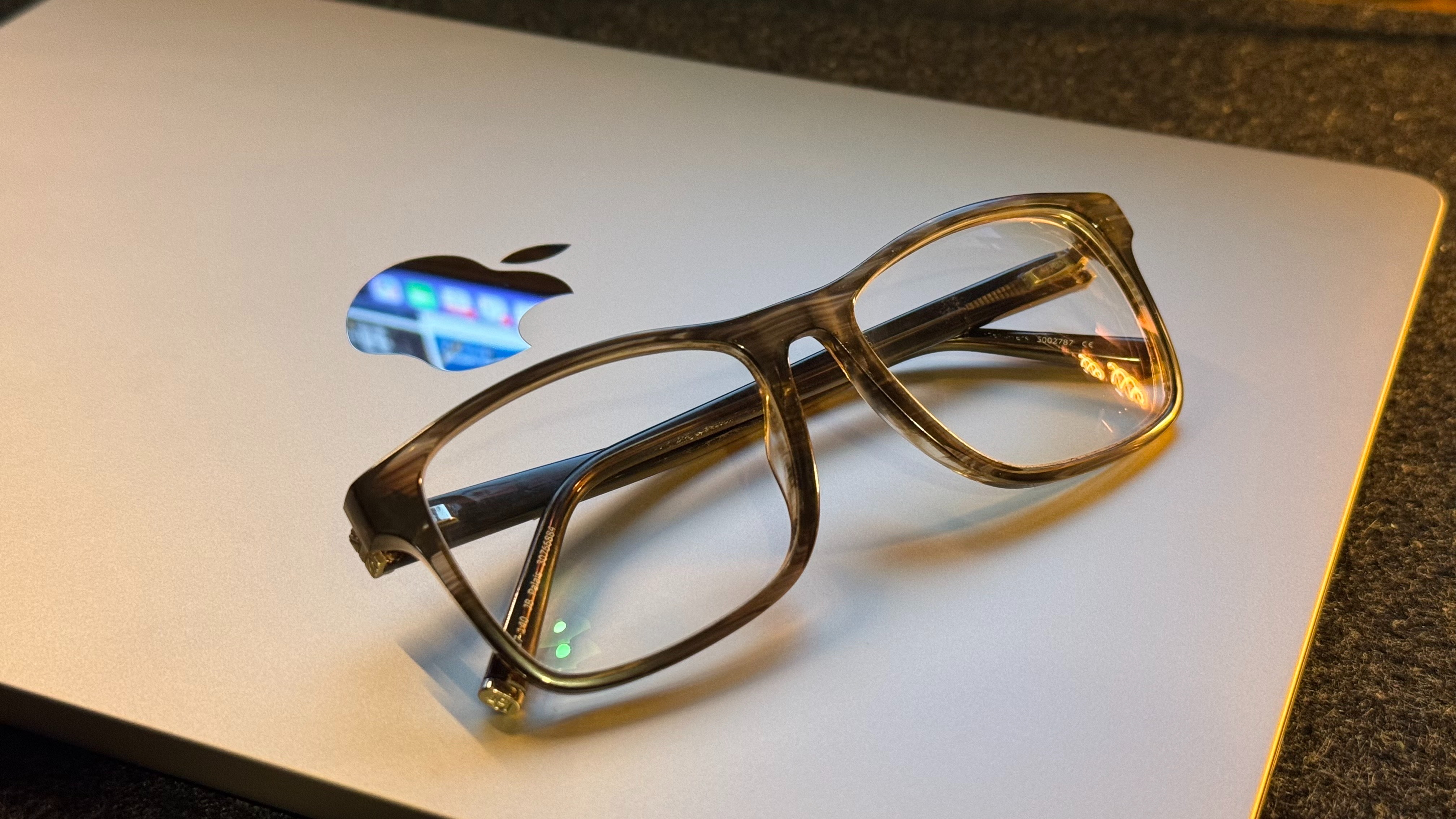
We’ve known about Apple’s AR glasses for a while but two recent patents have revealed more about the illusive goggles than the previous two years, and there’s already some interesting tech in place.
The first patent, spotted by PatentlyApple last week, revealed that Apple filed the first one for an “eyewear system” that ensures the glasses sit on your nose correctly by fastening a nose pad. To an extent, this exists on standard glasses already but can slip when pressure is applied or sweat lands on them. Apple’s smartglasses seem to be designed to be used even while active, which is achieved through springs, and a securement arm.
AR glasses can enhance your everyday life through digital calendars, displays, and more, so making them effective in an active space is essential. We saw the benefit of a pair of smart glasses last year with the TCL RayNeo Air 2, so iMore is looking forward to seeing what Apple does with this space.
It’s worth mentioning here that assembly can be done even with prescription lenses, accounting for some level of customizability. It has a smart function that can adjust its grip depending on your actions or where it is sitting on your head.
Getting smarter
The second patent, also spotted by PatentlyApple, is all about thermal ergonomics. Essentially, AR glasses like those intended to be used with extra screens, need to be comfortable enough to justify spending multiple hours in. If they are uncomfortable or get too hot, you may just opt to leave them off entirely.
In the patent, it displays an outward-facing surface near the user's ears, that dissipates heat generated by the display and components. It’s important to note that both of these patents have a direct effect on potential AR smartglasses but could also work in future versions of the coveted Apple Vision Pro, which is set to launch this year.
Instead of being a competitor to Apple’s AR headset, the AR smartglasses could work as a cheaper entry point into the AR ecosystem. Hopefully, we’ll know a little more about where these could fit, once the Apple Vision Pro launches later this year.







